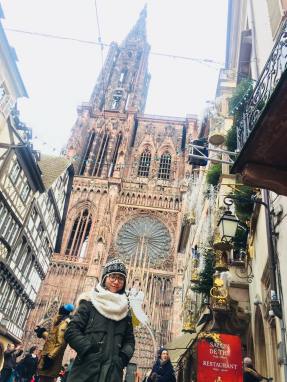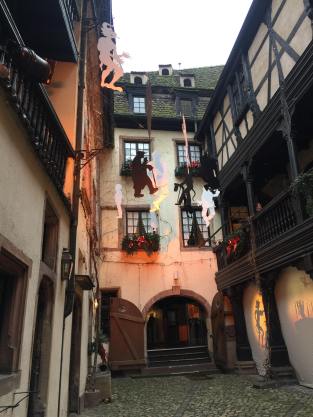I believe that life is a journey which will be enriched by small adventures exploring the world full of color and diversity. This series of my blog posts are observation, stories and learning that I have encountered through each adventure, with the desire for recording impressions, experiences and memories. This time, it’s about my trip to Cologne and Munich, Germany.
Thinking of traveling to Germany with many city options, I ended up with the decision to spend my 4 days in two cities : Cologne (Cöln) and Munich (München). This became the most time-consuming trip in terms of transportation from one place to another as one is in the North and the other is in the South of Germany. But it’s totally worth that travel length because of the wonderful joy earned throughout the venture with wonderful experiences of traveling back to the cities’ past.
Cologne: it’s not only about … the Dom
Talking to a friend before my departure to Cologne, I had been advised that the city is pretty, small and ‘just about the Dom’ (the iconic Landmark Gothic Cathedral). But to me, it’s not just about the Dom. The Dom is, indeed, a masterpiece and a pride of Cologne with the super high twin towers. But this German Catholic city is also well-known for owning about 30 churches among which 12 are romanesque.
 Besides, Hohenzollern Bridge crossing the Rhein river is an icon of this pretty city. Thousands of love locks are fixed on the railings throughout the 409-meter-long-bridge as promise of eternal love. The number of padlocks here is much more than those on Pont Neuf in Paris that I have seen. That’s why this bridge is also known as Love Lock Bridge and becomes a charm of Cologne. Walk through the bridge, I captured both 2 amazing iconic sites of Cologne: the Dom and the bridge, which has different beauty under different shades of light. Plus, wandering through old small streets of Cologne is a great idea, especially in the early morning when they are not yet crowded to feel the true ambience of the old city.
Besides, Hohenzollern Bridge crossing the Rhein river is an icon of this pretty city. Thousands of love locks are fixed on the railings throughout the 409-meter-long-bridge as promise of eternal love. The number of padlocks here is much more than those on Pont Neuf in Paris that I have seen. That’s why this bridge is also known as Love Lock Bridge and becomes a charm of Cologne. Walk through the bridge, I captured both 2 amazing iconic sites of Cologne: the Dom and the bridge, which has different beauty under different shades of light. Plus, wandering through old small streets of Cologne is a great idea, especially in the early morning when they are not yet crowded to feel the true ambience of the old city.
 Part of travel purpose is to get to know the destination’s history. And I did have a beautiful experience of going back to Cologne of the early 20th century at TimeRide VR Cöln. The 45-minute session of immersing in the city’s history via 3 ways: Kaiserpanorama – comparing Cologne’s photos of iconic corners in the past and the present; Cinema – seeing the city’s development from the start since Roman era through a short film; and Virtual Reality – touring through Cologne before the both World Wars in an electric tram and feeling the past with all senses. This is a great application of VR in tourism to bring new authentic experiences to guests. Really love this idea. Just one minus point: the presentation of the city’s change after the Kaiserpanorama was conducted in German only, which really made it hard for foreign tourists to fully grasp the idea and earn the complete experience.
Part of travel purpose is to get to know the destination’s history. And I did have a beautiful experience of going back to Cologne of the early 20th century at TimeRide VR Cöln. The 45-minute session of immersing in the city’s history via 3 ways: Kaiserpanorama – comparing Cologne’s photos of iconic corners in the past and the present; Cinema – seeing the city’s development from the start since Roman era through a short film; and Virtual Reality – touring through Cologne before the both World Wars in an electric tram and feeling the past with all senses. This is a great application of VR in tourism to bring new authentic experiences to guests. Really love this idea. Just one minus point: the presentation of the city’s change after the Kaiserpanorama was conducted in German only, which really made it hard for foreign tourists to fully grasp the idea and earn the complete experience.
Munich: history through palaces of simple exterior yet extremely gorgeous interior
Heading to Munich, I was really eager to explore German past from another point of view – through splendid palaces of this city: Nymphenburg Palace and Munich Residence. And… they did not disappoint me. An interesting thing to recognize is that those palaces look really simple, firm outside (which is totally different from those in France and Italy with many sophisticated details from the outside), but extremely gorgeous interiorly with every single detail paid attention to.
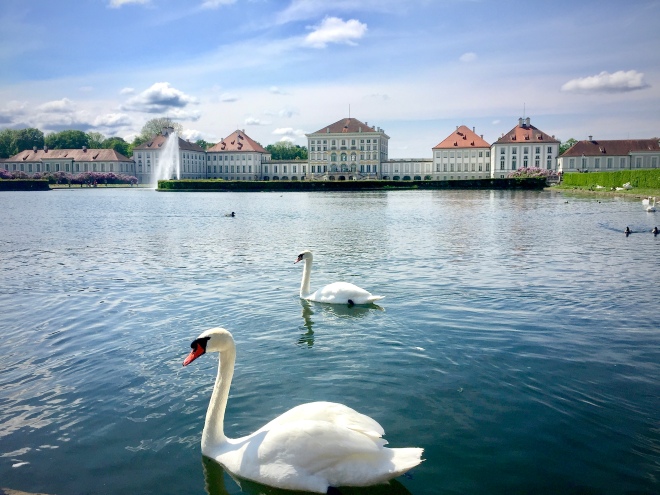
Known as a summer palace, Nymphenburg palace has a wonderful swan lake at the entrance after a short walk through a beautiful small road with green trees on both sides. The palace is well-known for its fountain system with iron pumps operating them for more than 200 years and its amazingly huge park.
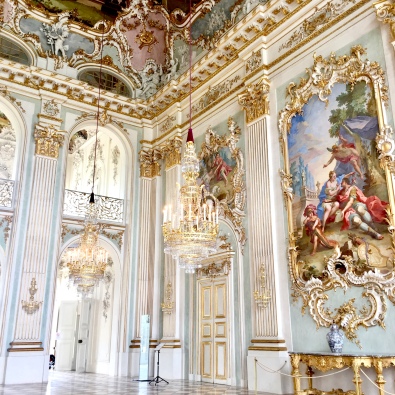
As said before, getting inside the palace, I was wowed by its ultimate luxury and high level of detail to each object. Every single detail is taken care, showing the luxe and wealth of old Bavarian. Beside display of royal furniture, the palace also features a number of beautiful painting collections. Among those, I was impressed by the portrait collection of German beauties featuring various beautiful women no matter what social class they were in. They are all displayed in the room Gallery of Beauties in the palace.
Munich Residence is a really huge palace with a lot of stories to be unfold. Be prepared to stand and move slowly in no less than 4 hours to get through this palace.
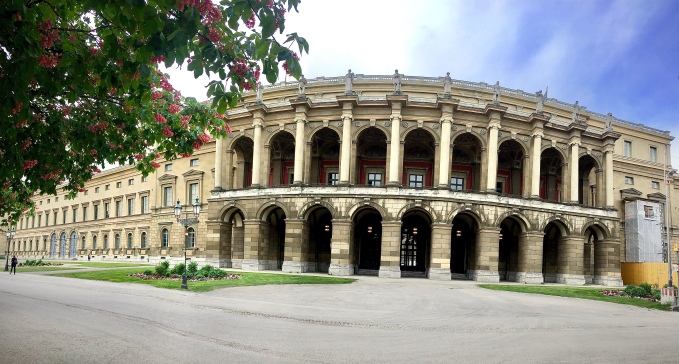

Like Nymphenburg Palace, I was definitely impressed by the level of detail in both decoration and art inside the residence. Audioguide is provided for free here to walk you through all the rooms and tell you behind stories. It’s interesting to know that many of the luxury furniture and tapestries were ordered and made by Parisienne artists.
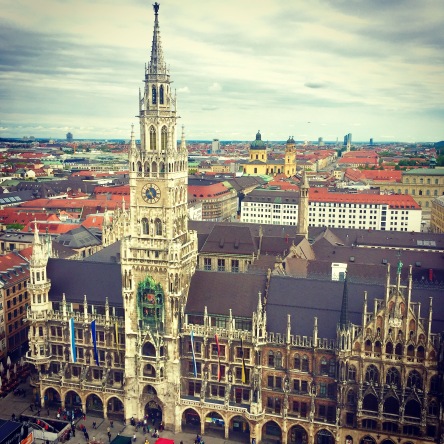
Apart from palaces, visiting Munich’s churches is also amazing. And gorgeous Saint Peter’s Church in the very center of the city is a must-see. It’s also a cool experience of walking more than 300 narrow stairs of the church’s chapel to get up high and enjoy 360-degree view of the city. It is is worth work-out to have such an amazing city bird eye view. The ticket costs only 2 euros per person.
Last but not least, beer in Munich is super cool! enjoyed German beer atmosphere at Hofbrauhaus Brewery where waitresses wear German traditional dress and live music is on with couples drinking and dancing. Don’t miss it out!

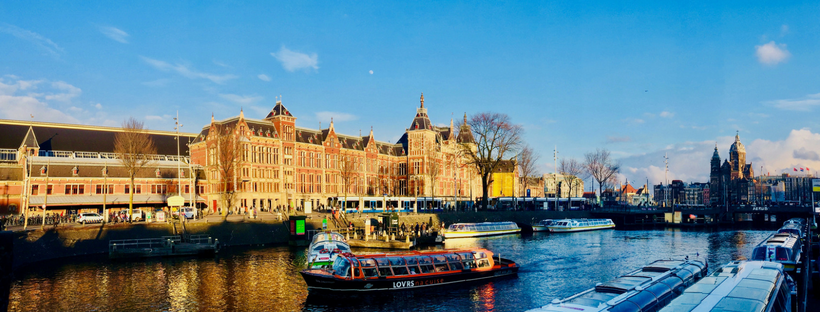
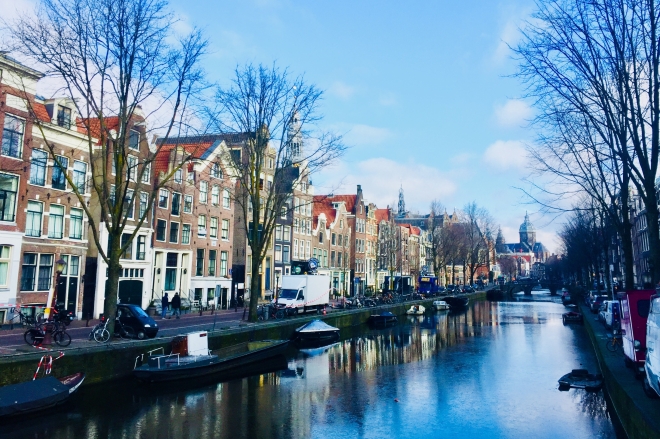
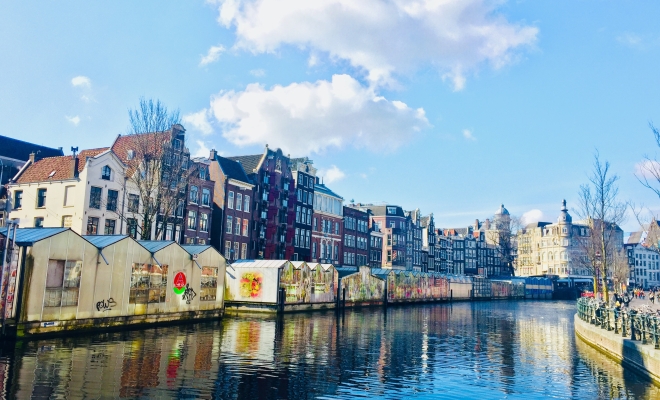
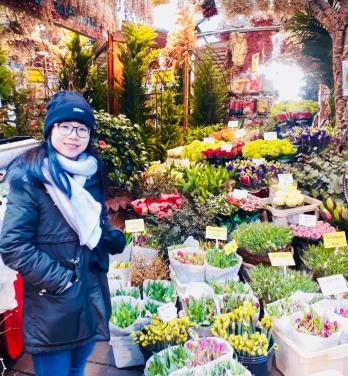


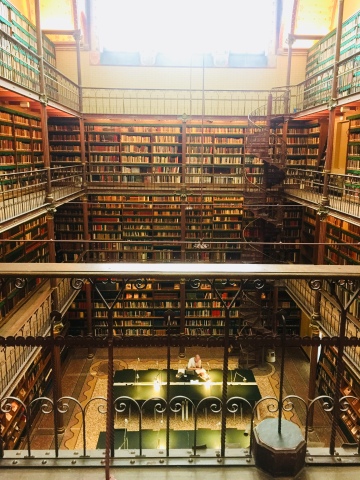
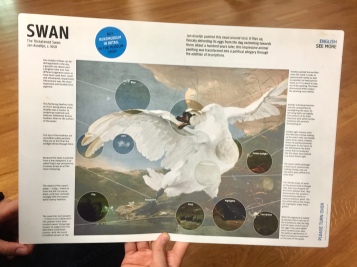 I really love the way this museum is well-structure helping visitors follow the whole 800-year history through the arts with comfort. That good structure is also reflected in the informative and intelligently designed guide book which gave me a clear outline of going where to see what, as well as highlights of the museum and the Rijks apps which navigated me in the museum and showed me the way to my wanted place and also provided some free audio guide for a certain number of artwork. I was also impressed by the way they help visitors enjoy and understand famous pieces of artwork by giving a detailed introduction sheet with clear art and technique analytic of famous and highlighted art work. That way of organization, to me, helps a lot in art education and preservation, helping tourists and youngsters from different cultures understand and appreciate those historical works.
I really love the way this museum is well-structure helping visitors follow the whole 800-year history through the arts with comfort. That good structure is also reflected in the informative and intelligently designed guide book which gave me a clear outline of going where to see what, as well as highlights of the museum and the Rijks apps which navigated me in the museum and showed me the way to my wanted place and also provided some free audio guide for a certain number of artwork. I was also impressed by the way they help visitors enjoy and understand famous pieces of artwork by giving a detailed introduction sheet with clear art and technique analytic of famous and highlighted art work. That way of organization, to me, helps a lot in art education and preservation, helping tourists and youngsters from different cultures understand and appreciate those historical works.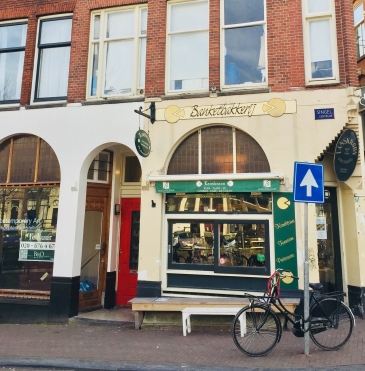
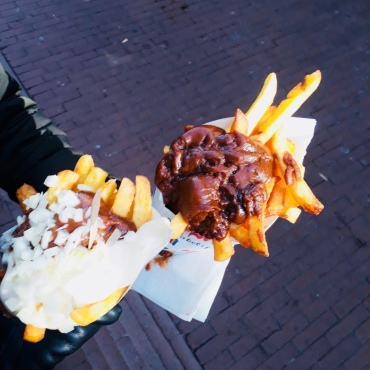
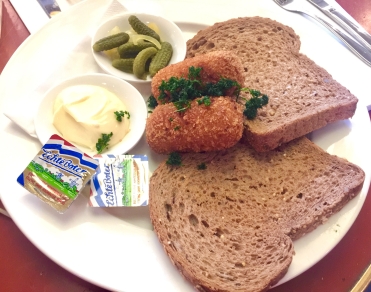 Dutch Croquettes for Snack or Lunch
Dutch Croquettes for Snack or Lunch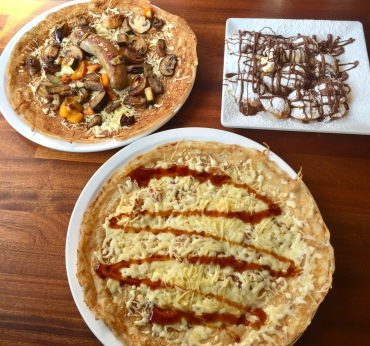 Pancake for Snack or Lunch as well
Pancake for Snack or Lunch as well Sandwich for a nutritious lunch
Sandwich for a nutritious lunch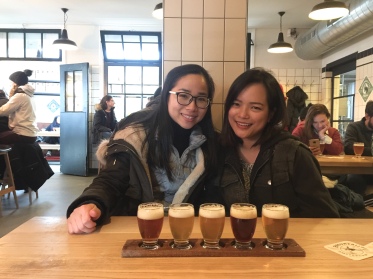 Dutch Beer
Dutch Beer
